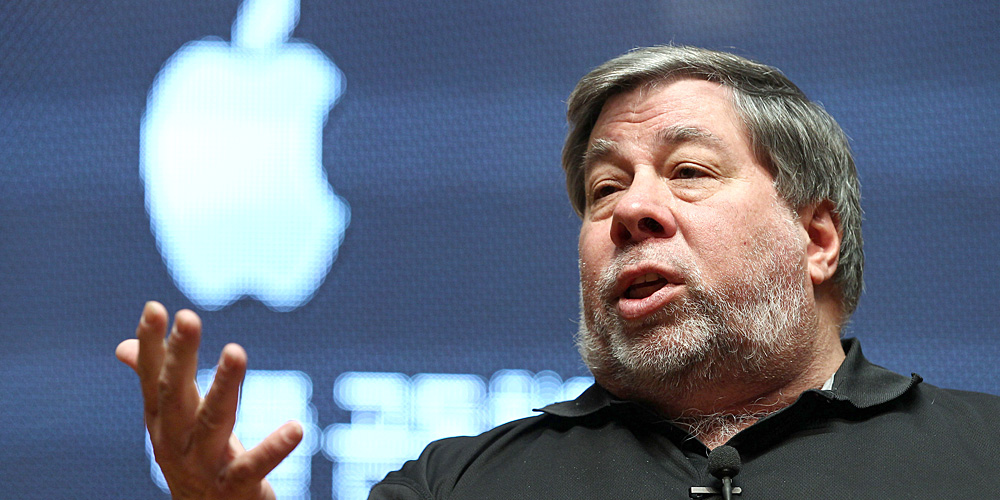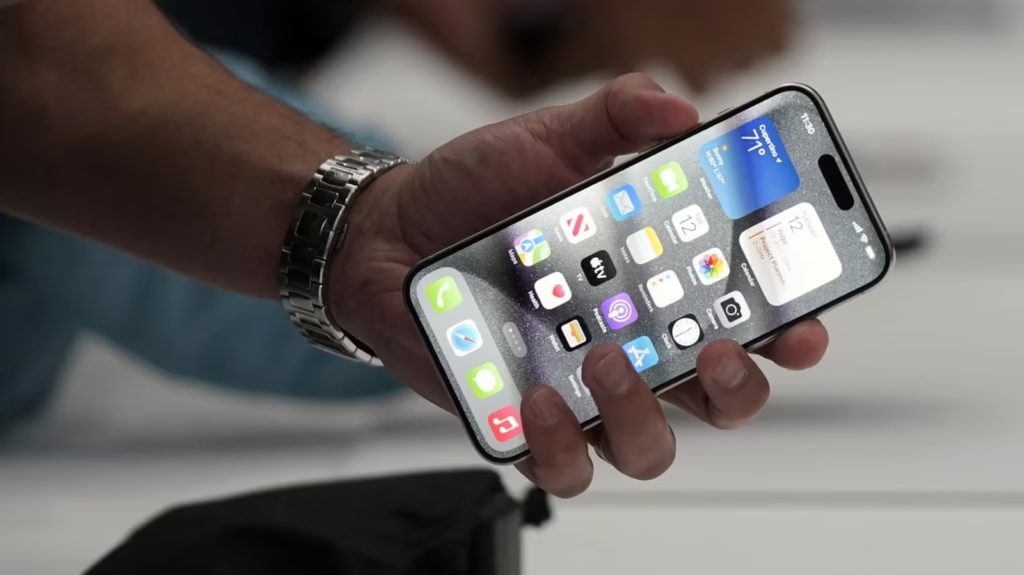Tech News
2025: The End of the World as We Know It — and the Dawn of a New Epoch

Human history has always moved in waves. Civilizations rise, institutions stabilize, technologies reshape how we live — and then, inevitably, the old order falters, making way for something new. Futurist Peter Leyden argues that 2025 marks one of these historic inflection points: not the apocalypse, but the end of the 20th-century world order and the beginning of a new epoch driven by breakthrough technologies.
In this article, we’ll step back and place 2025 within the broader sweep of past, present, and future eras.
Past Epochs — The Road to 2025
Looking back, major societal transformations tend to come in cycles of roughly 80–100 years. Each cycle ends in crisis, then transitions into renewal.
- Founding Era (late 1700s–1820s) The birth of modern democracy and the first industrial stirrings. The United States was founded, while steam power and mechanization began reshaping economies.
- Industrial Consolidation (mid–late 1800s) Railroads, steel, and the telegraph forged a new age of connectivity and corporate growth. This Second Industrial Revolution fueled mass urbanization.
- Post-WWII Order (1945–1970s) After global conflict, nations built institutions like the UN and IMF. Suburbs, consumer culture, and nuclear deterrence defined the era. The global order stabilized under American leadership.
- Digital Dawn (1980s–2000s) Microchips, personal computers, and the internet brought the knowledge economy. Globalization interconnected markets and people at unprecedented scale.
Each phase eventually reached stagnation, and each transition was catalyzed by both crisis and technological innovation.
Present — The 2025 Inflection Point
Today, we stand at another turning point. Leyden frames 2025 as the end of the world as we know it — not in destruction, but in transformation.
Key drivers of today’s transition:
- Artificial Intelligence reshaping work, creativity, and decision-making
- Clean energy systems dismantling fossil fuel dependence
- Bioengineering revolutionizing health and longevity
- Digital governance experimenting with transparency and citizen participation
At the same time, the 20th-century order is breaking down: outdated politics, strained institutions, polarization, and climate pressures are all forcing reinvention.
Future — The Great Progression (2025–2050)
The decades ahead could become a construction phase for a revitalized civilization. Leyden calls this the Great Progression.
What might it look like?
- AI-integrated economies: Humans focus on creativity and problem-solving while automation handles routine work.
- Clean energy dominance: Solar, wind, storage, and fusion power an abundant, sustainable future.
- Bioengineered health: Personalized medicine, disease eradication, and life extension become normal.
- Digital governance 2.0: Blockchain-style systems and open data enable more responsive, citizen-driven politics.
- Planetary cooperation: Institutions adapted to climate and global risks replace the brittle structures of the past century.
This is not utopia — but it is a renewal cycle with extraordinary potential.
The Epochal Arc — Build, Decay, Renew
History moves through a repeating arc:
- Emergence — new systems and technologies appear
- Expansion — adoption spreads, optimism grows
- Stagnation — institutions calcify, inequality deepens
- Transition — crisis forces reinvention
- Renewal — new systems take hold
By this pattern, 2025 is the hinge point between Transition and Renewal. The world of the 20th century is ending, but the 21st-century world is being built — right now.
Conclusion
Peter Leyden’s vision invites us to see 2025 not as a catastrophe, but as a creative rupture. Just as past generations navigated their great transformations, ours is being asked to reimagine society around the tools of artificial intelligence, clean energy, biotechnology, and digital governance.
The end of the world as we know it is, in truth, the beginning of a new one. The choice before us is not whether the transition will come — it already has — but how boldly we build the systems that will define the decades ahead.

Apple co-founder Steve Wozniak stands up for right-to-repair, argues company built on open source
Apple is often brought up when talking about right to repair, usually in reference to their anti-repair practices. In response to a Cameo request, Steve Wozniak spoke for almost 10 minutes on the importance of right to repair and how it has impacted his life.
Louis Rossmann is well known for his continued fight to pass right to repair legislation. Some right to repair legislation could be coming soon. He sent a Cameo request to Wozniak, asking about right to repair. Wozniak opened by stating that he is very busy, and therefore hasn’t gotten involved with the movement much, but that he stands behind it.
“We wouldn’t have had an Apple, had I not grown up in a very open technology world,” said Wozniak. “Back then, when you bought electronic thing like TV’s and radios, every bit of the circuits and designs were included on paper. Total open source.”
He continued by talking about how straightforward repair use to be. “Even non-technical family members could pull out the tubes…and find a tube tester… and if it was bad, buy a new tube. Everyone did this all the time back then.”
He then focused on the way that Apple, at its founding, was positively impacted by the open schematics of the time. “When starting Apple, I could never afford a teletype for input and output.” He then spoke about how he was able to use a tv to output the signals. “That all came from being able to repair things, modify them, and tap into them yourself.”
Moving on from his own repair experience, he questioned, “why stop the self-repair community? Why stop the right to repair people? Look at the Apple II. It shipped with full schematics… this product was the only source of profits for Apple for the first ten years of the company.”
Over the life of the Apple II, about 6 million units were sold.
“It’s time to recognize the right to repair more fully,” said Wozniak, ” I believe that companies inhibit it because it gives the companies power [and] control over everything.”
He ended his cameo by saying, “Is it your computer? or is it some companies computer? Think about that. It’s time to start doing the right things.”
After seeing Wozniak’s response, Rossmann responded to with a YouTube video asking for monetary assistance in getting a direct-ballot initiative started.
Apple launches program in Canada helping customers self-repair devices
Updated: August 19, 2025 at 12:20PM EDT
Published: August 19, 2025 at 8:03AM EDT

Canadians who want to repair their own Apple devices can now get parts, tools and manuals from the tech giant, which brought its self-service repair program to the country on Tuesday.
The program gives customers free access to manuals and diagnostic software that help troubleshoot issues with iPads, iPhones and Macs. Customers are then able to purchase any parts and rent or buy the tools necessary to make repairs.
Brian Naumann, Apple’s vice-president of AppleCare service and repair, said the program is aimed at “broadening device longevity, reducing waste, and empowering both customers and repair professionals with quality, secure repair options.”
Canada is the 34th country to get access to the program that makes parts ranging from batteries to glass screen covers available. Tools on offer include torque drivers, adhesive cutters and screw bits.
However, Apple websites show that the self-repairing route often has a higher upfront cost than having the company do it in-house.
A battery and screw kit for an iPhone 16 will set you back $135 plus tax, according to a website Apple has set up for customers to buy tools and parts from. Another website it runs offering estimates for repairs completed by Apple staff shows customers pay about $99 to have their batteries replaced by the company’s staff at one of its stores.
A camera and screw kit for the same iPhone costs $219 — a total that is more than the $169 Apple estimates it will charge to repair a rear camera on the phone for a customer.
In most instances, customers can receive a credit when they return their used or damaged parts to be refurbished or recycled responsibly.
For example, returning your old iPhone 16 battery gets you a $64.80 credit, knocking the repair cost down to $70.20. Sending back the parts for your camera repair will land you a $52.56 credit, making the repair cost $166.44.
“It’s not like you’re saving yourself a lot of money by doing it yourself, said Alissa Centivany, executive director at the Canadian Repair Coalition, a non-profit advocacy organization promoting legal and regulatory reform around repairs. “You’re basically paying the same price as you would be paying to have somebody else do it for you.”
Anthony Rosborough, a law professor at Dalhousie University who co-founded the Canadian Repair Coalition, felt similarly.
In instances where repairs are possible or easier, he said customers often find doing a fix themselves is “barely worth it or not worth it.”
Replacing a digitizer — the piece that converts your fingerprint pressed on a screen to a digital format your device can read — sometimes amounts to half the cost of a new iPad, often pushing customers to replace what they own rather than repair it, Rosborough said.
While he applauded companies that make it easier for customers to do their own fixes, he said right-to-repair advocates in the U.S. have found it to have a number of deficiencies.
For example, Rosborough said the MacBook Air with an M4 chip, which was released in March 2025, still has a battery that’s glued into it, making it extremely difficult to repair.
“As promising as that (self-repair program) may be, it doesn’t really change the fact that products like that are still being designed and produced and put on the market,” he said.
The program also doesn’t change the durability of Apple products, said Centivany, who wants to see the company make their devices less prone to problems.
“They’re very fragile,” she said.
Rather than rely on companies like Apple to launch their own self-repair programs, Rosborough thinks legislators should introduce policies that dictate precisely how far manufacturers have to go to help customers fix products.
In addition to launching the self-repair program in Canada, Apple also started offering Tuesday repair providers who do not have a direct service relationship with Apple access to genuine Apple parts through wholesale distributors.
The parts include displays, batteries and charging ports for iPhones and iPads and are available through MobileSentrix, a retailer based just north of Toronto in Concord, Ont.
Published @ April 29, 2021 11:55 pm